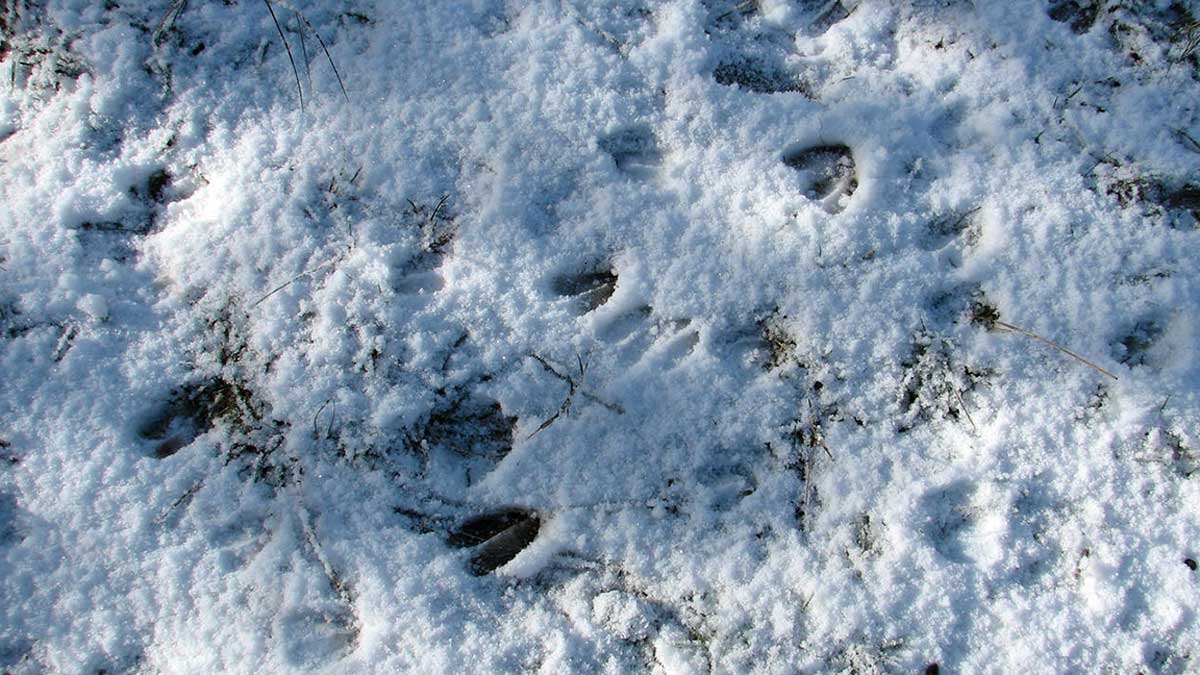Below is a news release from the Idaho Fish and Game Department.
Statewide winter survival for mule deer fawns and elk calves fitted with tracking collars has shown to be slightly lower through the end of February.
“From an overview perspective, winter survival is tracking about average to a little below average from what we’ve seen in the past two years,” said Toby Boudreau, Fish and Game’s Deer and Elk Coordinator. “But, in the southeast part of the state, where winters have been long and severe, it’s not looking too good.”
Fish and Game biologists are monitoring 182 mule deer fawns and 149 elk calves that were captured in early winter and fitted with tracking collars.
Through the end of February this year, 72% of the collared fawns and 92% of the collared calves were still alive, and here’s how that compares with recent years:
- 84% and 92% in 2021-22
- 83% and 92% in 2020-21
- 84% and 92% in 2019-20
- 78% and 93% in 2018-19
- 88% and 91% in 2017-18
Snow accumulation has been average to slightly above average across most of Idaho. Mule deer and, even more so, elk are built to withstand winter weather, and throughout the state, have been fairing relatively well, with roughly three quarters (72%) of all radio-collared mule deer fawns having survived through February.
Mule deer doe survival rates are also doing well, Boudreau says. “We’re seeing pretty decent survival rates right now in our adult deer populations.” Adult deer tend to have higher survival rates and aren’t as susceptible to winter conditions as fawns.
Depending on weather, March and April are often when fawn and calf mortality is the highest because the young animals’ fat reserves are largely depleted, and their digestive systems need time to convert to digesting fresh, green forage.
“We’ll know more at the end of each coming month,” Boudreau said. “It’s too early to tell right now, but survival will be lower than average.”
For mule deer fawns in particular, a stretch of cold, wet weather in the early spring can substantially decrease survival, and biologists can see winter-related mortality as late as May. And nowhere has winter been such a factor as in Southeast Idaho.
“It’s been a really hard year on our southeastern herds,” Boudreau said. “As of March 9, the southeast portion of the state is at roughly 145% of its typical snowpack. Critical deer and elk wintering ranges — including Portneuf, Montpelier, Georgetown Summit and Blackfoot WMAs — have been hit hard by this year’s winter weather, and with no certainty when temperatures will start to climb again, it’s not looking good.”
In Unit 69 near Idaho Falls, 43% mule deer fawns have died. And in Unit 76 along the Wyoming border, 67% of fawns did not survive the region’s severe winter.
Fawn and calf survival is critical to growing herds, or sustaining current populations, and survival of young mule deer has a direct relation on the fall deer harvest because yearling bucks typically make a up a significant portion of the overall mule deer harvest.
“We’d like to see more mediated temperatures,” Boudreau said. “But at this rate, it’s going to take a few years for this year’s herd to rebound.”
(Photo credit: Idaho Fish and Game Department)
